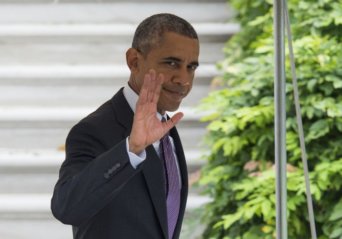- About
- Topics
- Story
- In-Depth
- Picks
- Opinion
- News
- Donate
- Signup for our newsletterOur Editors' Best Picks.Send
Read, Debate: Engage.
The Trans-Pacific Trade Partnership has been reached. After eight years of negotiaitons, a trade agreement between the US and 11 other Pacific Rim nations has been established. The agreement, which will tie together 40% of the world’s economy, still has months of negotiations ahead – the finer details will emerge in due course. However, it is already being described as a precedent-setting model; one that will begin to formally unite national economies into a globalised whole.
The precedent-setting element is being emphasised as other trade agreements, such as the Trans-Atlantic one; the Trans-Pacific agreement not only provides a model of trade for others, but also shows that agreements can be pushed through in the face of widespread protest, and slow, if not deadlocked-negotiation.
While locals from the affected nations wait for details to emerge, the opposition will unite a broad swathe of social groups, from environmentalists who claim the agreement will damage the environment, to conservatives who feel local producers will be short-changed by the deal in favour of foreign exports.
The agreement also has implications for investor-trade disputes, that seek to redress the complaint that corporations will be strengthened legally against states; here, corporations are supposed to be given a much weaker position than initially anticipated.
We can’t know the full extent of what this deal means just yet, but its passage has quietly made its way to completion without the world taking too much notice. That might be the most dangerous thing.
